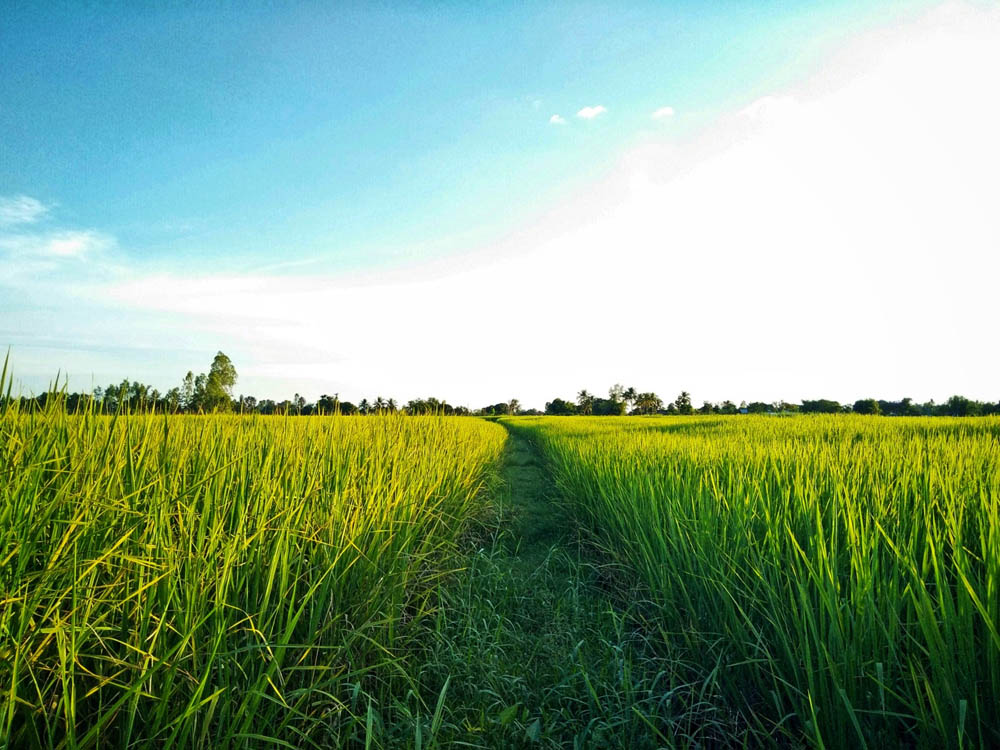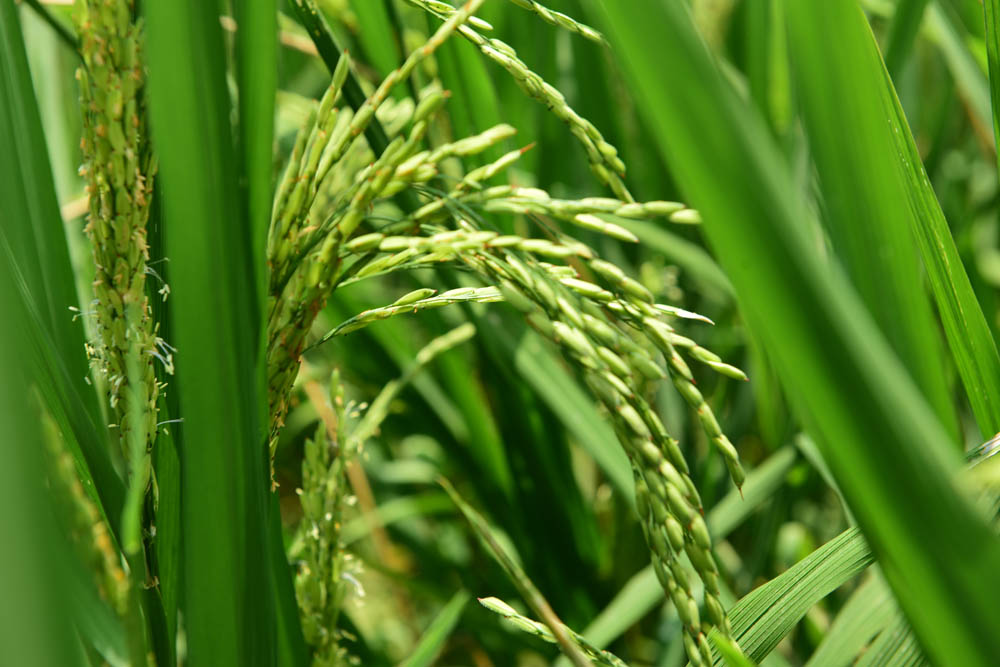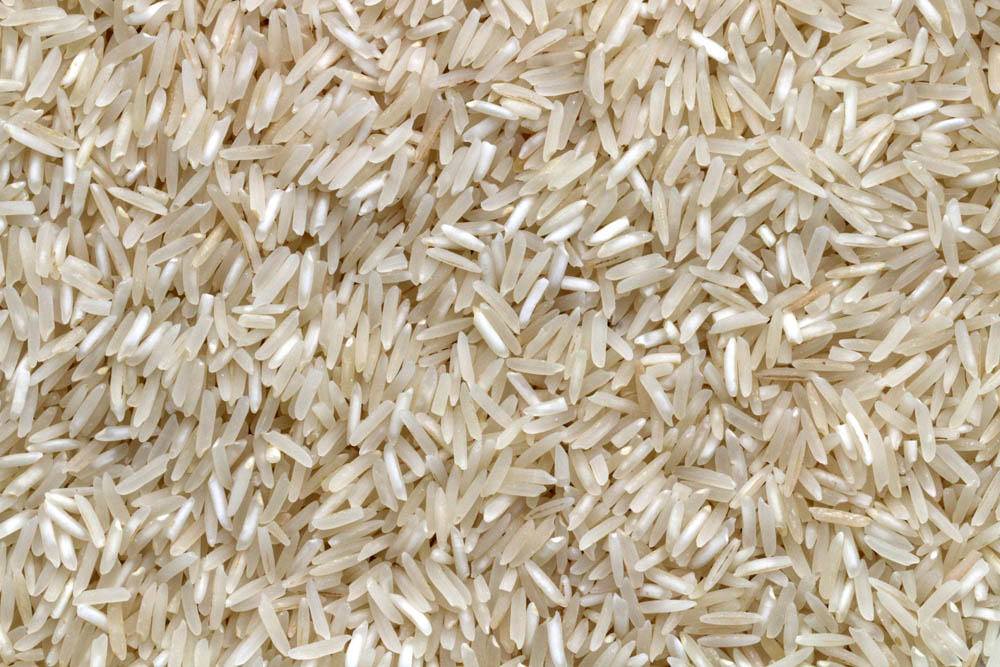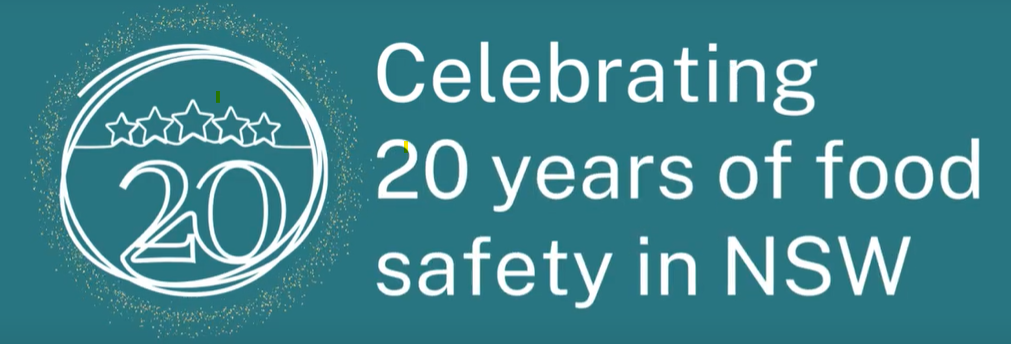- GVP $266 million est. Up 15% year-on-year.
- Total paddy rice production reached 618,000 tonnes, up 23% year-on-year.
- Ample rice supplies, both domestically and in key competitor countries, impacted farm gate prices.


Production
Driven by lower irrigation costs, a 12% increase in plantings and excellent yields, total paddy rice production reached 618,000 tonnes, a 23% increase over the previous season and 24% above the 10-year average. 6 Two crops in the Murrumbidgee Irrigation Area surpassed the previous yield record of 16.2 tonnes/ha to return to new highs of 16.85 tonnes/ha and 16.3 tonnes/ha respectively, and there were numerous reports of growers achieving yields of 15 tonnes/ha. 152 80 Despite favourable growing conditions over the summer, wet conditions just prior and during harvest did present some challenges, with grain quality impacting some crops. In contrast, growers in the Northern Rivers region had a disappointing season upon the detection of rice blast in some crops. Rice blast is a fungal disease and is considered the most significant rice disease worldwide. Rice blast can impact plants at all growth stages. 56 The incidence and spread of rice blast is predominantly influenced by climatic conditions with warm temperatures (around 22°C) and high humidity (>90% RH) at night favouring infection. This was the first detection of rice blast disease in rice in NSW, although it has been known to occur in rice crops in Western Australia, Queensland and the Northern Territory for some time. The fungus lives on a range of grasses, many of which are naturalised in the Northern Rivers region.
Whilst an estimated 170 hectares of rice, or 30% of the region's crops, were affected and subsequently destroyed, rice grown in the Northern Rivers region only contributes on average approximately 1-2% of the total NSW rice crop, so total state production was not materially impacted.
Rice production and southern water allocations
- Murrumbidgee-Murray GS Water Allocations
- Rice Production (kt) (RHS)
Price
International Rice Prices
- Thailand, 5% Broken - Long Grain
- US No. 2, 4% Broken - Long Grain
- US California Medium Grain (FOB mill)
- Australian Rice Export Price (Cost & Freight)
Trade and Macroeconomic Conditions
The Australia-United Kingdom Free Trade Agreement (FTA) came into effect on 31 May 2023. One of the key outcomes of this FTA was the immediate elimination of tariffs on goods including medium grain rice and a permanent annual duty-free quota of 1,000 tonnes for long-grain milled rice. Previously the applied tariffs in the UK for rice were as high as 121GBP/tonne. 51 Whilst rice exports from Australia are confidential, it is assumed that exporters took advantage of this new market access opportunity during 2023-24.
There are no trade restrictions on the import of milled rice into Australia with approximately half of Australia’s domestic consumption coming from imported rice. Imports provide for the supply of specialty varieties, mostly long grain varieties which are not grown domestically, and act as a buffer for the industry, supplementing domestic supply during times of low production. Australian rice imports rose 7% in 2023-24, with the top 3 origins being Thailand, India and Vietnam. 79
In late July 2023, India announced they would ban exports of non-basmati white rice after heavy rains damaged crops and domestic prices rose 3% in a month and 11.5% over year-ago levels. High international prices were cited as a key reason for this decision. This followed a 20% duty on exports introduced in September 2022. India accounts for 40% of world rice exports with non-basmati white rice accounting for 25% according to the Indian Government. 103
Australian Rice Exports and Imports
- Export value
- Import value
- Export Average Value
- Import Average Value
Outlook
Although irrigation water availability remains high, rice production is forecast to fall in 2024-25 to an estimated 515 thousand tonnes, 3 largely influenced by a lower area planted and lower global prices. SunRice, the major rice processor and seed distributor, has actively sought to reduce and limit their planting base by 30% in the lead up to the 2024-25 planting season, citing high carryover volumes and falling global prices as the key drivers. 131
SunRice has released an indicative paddy price guide of $370 - $430/tonne for CY24 Medium Grain Reiziq 130 which would indicate a 7% decline year-on-year using the mid-point of the range.

DPIRD Recognising Success
NSW Food Authority celebrates 20 years of food safety
The NSW Food Authority is Australia’s first agency responsible for regulating and monitoring food safety across the entire supply chain. Celebrating 20 years, the Authority undertakes investigations and licensing, including utilising advanced technology, as well as working with industry, other agencies, and the community, to keep the state’s food safe.

Since 2004, the Food Authority has worked closely with the food industry, NSW Health, local councils and the wider community to reduce foodborne illness and its impacts.
Food Authority CEO Dr Lisa Szabo said it was Australia’s first agency responsible for regulating and monitoring food safety across the entire supply chain, from farm to fork. "Safe food is big business in NSW. It supports more than 600,000 jobs and underpins many rural and regional communities. In fact, about 40% of the state’s food processing businesses are located in regional areas,” she said.
“The Food Authority plays a vital role, ensuring consumers can have a high level of confidence in the food they buy.” Dr Szabo said the Food Authority had many wins in improving food safety standards and reducing foodborne illness over the past two decades. These include NSW leading the way for improved disease surveillance through whole genome sequencing technology. “This really was a game changer in Australia for identifying foodborne illness outbreaks – and being able to respond to them sooner,” she said. “As we celebrate this milestone we acknowledge and thank the industry and agencies that contribute to delivering safe food for the people of this state. “Consumers also have an important role to store and prepare food safely – they are the last link in the food safety chain.”
Fast food facts Each year the NSW Food Authority: • investigates around 300 foodborne illness outbreaks involving two or more people • licenses 14,600 food facilities • conducts around 5,000 audits on food producers and processors • supports over 55,000 retail food businesses • responds to over 20,000 helpline enquiries and reports from industry and consumers • has more than 1.5 million unique visits to its website foodauthority.nsw.gov.au.


